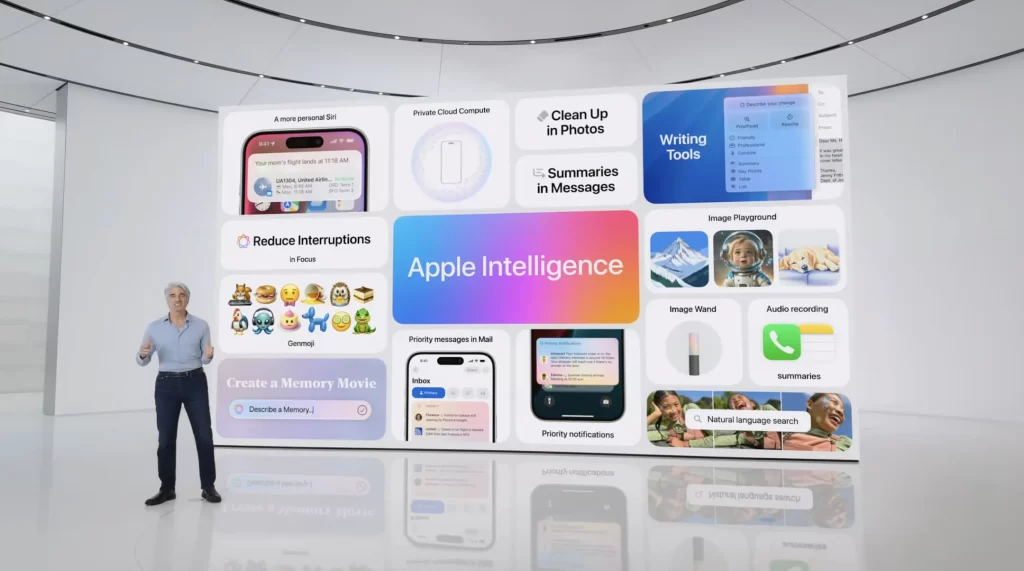The world of artificial intelligence is in constant flux, a relentless pursuit of greater speed, efficiency, and capability. Behind the sleek interfaces and seemingly magical algorithms lies a complex infrastructure, a network of powerful servers tirelessly crunching data.
The performance of these servers, and therefore the advancement of AI itself, hinges on the speed at which data can be moved between processors. Now, a groundbreaking development in interconnect technology is poised to revolutionize this crucial aspect of AI, potentially ushering in a new era of intelligent machines.
A newly formed consortium, dedicated to pushing the boundaries of data transfer, has unveiled a technology called “Ultra Accelerator Link,” or UALink. This innovation promises to dramatically increase the speed at which data flows within AI server clusters, paving the way for more complex and sophisticated AI applications.
The consortium recently announced the addition of three major players to its Board of Directors: Apple, Alibaba, and Synopsys. This influx of expertise and resources signals a significant step forward for the development and adoption of UALink.
UALink is designed as a high-speed interconnect, specifically tailored for the demanding requirements of next-generation AI clusters. Imagine a vast network of processors, each working in concert to process massive datasets. The efficiency of this collaboration depends entirely on the speed with which these processors can communicate.
UALink aims to solve this bottleneck, promising data speeds of up to 200Gbps per lane with its initial 1.0 release, slated for the first quarter of 2025. This represents a significant leap forward in data transfer capabilities, potentially unlocking new levels of AI performance.
The implications of this technology are far-reaching. Consider the vast amounts of data required to train large language models or power complex image recognition systems. The faster this data can be processed and shared between processors, the more complex and nuanced these AI systems can become. This could lead to breakthroughs in fields like natural language processing, computer vision, and machine learning, enabling AI to tackle increasingly complex tasks.
Apple’s involvement in the UALink consortium is particularly noteworthy. While the company has been relatively quiet about its specific AI initiatives, its participation suggests a keen interest in the future of AI infrastructure.
Becky Loop, Director of Platform Architecture at Apple, expressed enthusiasm for UALink, stating that it “shows great promise in addressing connectivity challenges and creating new opportunities for expanding AI capabilities and demands.” She further emphasized Apple’s commitment to innovation and collaboration, highlighting the company’s “long history of pioneering and collaborating on innovations that drive our industry forward.”
Apple’s current AI server infrastructure relies on powerful processors, including the M2 Ultra chip, with plans to transition to the M4 series. However, recent reports suggest that Apple is also developing a dedicated AI server chip, designed specifically for the unique demands of AI workloads. This suggests a long-term commitment to advancing AI capabilities and a recognition of the importance of specialized hardware.
The question remains: will Apple directly integrate UALink into its future AI infrastructure? While the company’s involvement in the consortium signals a strong interest, it is too early to say definitively. Apple’s participation could be driven by a desire to contribute to the broader AI ecosystem, ensuring the development of robust and efficient interconnect technologies for the entire industry.
However, the potential benefits of UALink for Apple’s own AI ambitions are undeniable. The increased data transfer speeds could significantly enhance the performance of its AI servers, enabling more complex and demanding AI applications.
The development of UALink represents a significant step forward in the evolution of AI infrastructure. By addressing the critical bottleneck of data transfer, this technology has the potential to unlock a new era of AI capabilities.
The involvement of major players like Apple, Alibaba, and Synopsys underscores the importance of this development and signals a growing recognition of the crucial role that interconnect technology plays in the future of artificial intelligence. As we move closer to the anticipated release of UALink 1.0, the world watches with anticipation, eager to witness the transformative impact this technology will have on the landscape of AI.
